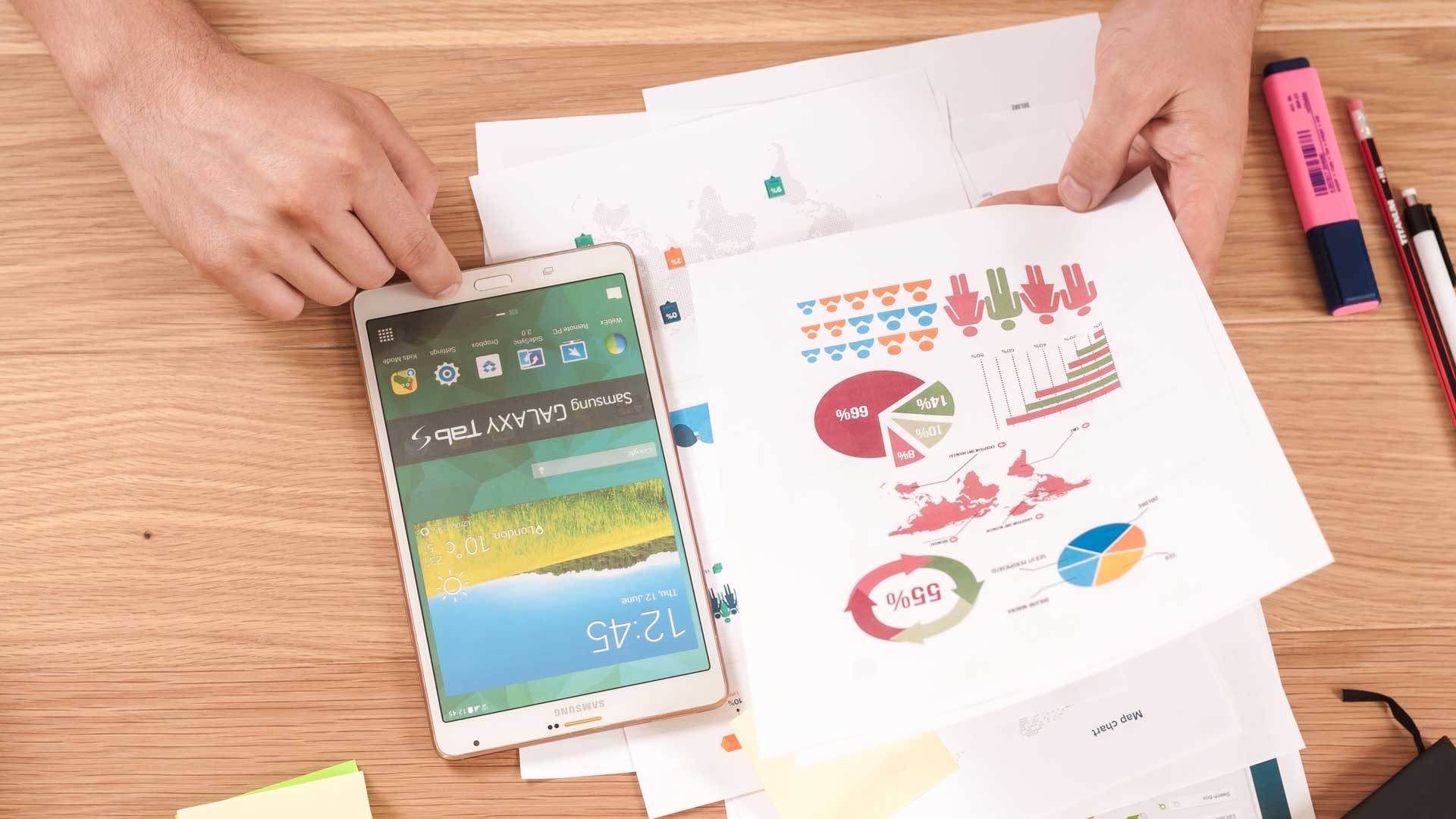In an age of media overload, brands can get lost in the crowd. When was the last time you were really captivated by an email? What elements of that email captured you? The CTA, brand, design, a contest, or maybe price?
The more we’re bombarded with digital marketing, the more we become numb to the messaging. Yet there is no doubt certain messaging stands out among all the chatter—especially when that information is tailored specifically towards an individual.
In this post, I’ll talk through some of the benefits of personalization within marketing efforts, and a few steps for getting started today.
The Benefits of Personalization
As alluded to above, personalization can help increase engagement with your brand. Think about it: if you receive an email about products you’ve previously browsed or topics related to your interests, the odds that you engage with that content are probably higher than an email that’s completely irrelevant to your preferences.
One example of a company that uses personalization really well is Amazon. They have thousands of products, but their infinite aisle makes it nearly impossible to find what you’re looking for if you don’t already know your specific needs. The clutter can be overwhelming. A clear, concise message tailored for each individual is more likely to keep a customer from being overwhelmed and more likely to offer exactly what they’re looking for.
Additionally, personalization can help improve the perception of your brand and the customer experience.
To be clear, your brand is the sum of all things identifying your company—the logo, ads, personal interactions online and on location, each piece of communication, and every touchpoint. Being able to speak directly to your customers through all forms of communication is extremely valuable to your brand. Therefore, brands should focus on continually improving their interactions with every single customer. It is not about perfection, but progress!
Customer Personas
Developing customer personas will help your brand better categorize, market to, and understand your customers and what they’re thinking about and looking for. Common messaging can be tweaked and used in a variety of ways, including cart abandonment emails, product announcements, newsletters, event invitations, transactional emails, and lead nurturing campaigns. Multivariate testing like A/B testing, statistical significance, and null hypotheses can be used to test which messaging resonates best with customers.
Once the best messaging is selected, the success of your brand’s messaging can be tracked through performance metrics such as email/message deliverability, open rates, click-through rates, and conversion rates. We understand developing messaging tailored specifically for each customer can be a bit overwhelming. So we broke it down into an easy, eight-step guide!
1. Make Observations
You can probably identify underlying trends about your customers based on data you already have access to. Take the time to gather it up, analyze it, and draw some conclusions. By diving in, you’ll find areas of interest. Ask yourself these questions:
- Do I see correlations in my customer base? Some customer behaviors are repeated over and over again.
- Do I have a handful of high-value customers?
- Is my open rate across all email about 5%, and click-through rate <0.5%?
- Do my low-value customers tend to purchase once and only once?
2. Think of Interesting Questions
What is your data telling you? Here are some common questions:
- What type of customers do I have? Can I identify my personas? Is it time to add new personas?
- Are my purchasers high-value, repeat purchasers?
- Why are my open and click-through rates so low?
- Why are the best customers converting? Is it because of free shipping? Brands? Items on sale?
3. Formulate a Hypothesis
Now that you have your questions, what are the ideas you want to test? Remember, personalized, intimate messaging leads to better conversations, and better conversations lead to more conversions. Perhaps, after looking at your personas and other data, you come up with a few hypotheses to test. Here’s a few examples:
- Sending high-value, repeat purchasers more messages will cause them to convert more often
- Adding a compelling CTA will increase conversions
4. Develop Testable Predictions
How do you test these hypotheses? Don’t forget to use multivariate testing to ensure that your predictions are performing as expected!
- Start segmenting the messaging to your personas. Using multivariate testing, test the communique with these new personas with a controlled baseline.
- Create a multivariate test that delivers more messaging to one subsection of your high-value customers than your control group.
- Create new email copy and incorporate a new CTA. Compare new messaging to previous messaging to ensure better results.
- Create a new Daily Deal campaign, or another relevant content offer, and test it using a multivariate split.
5. Gather Data to Test Predictions
Run those tests until you have enough data to draw reasonable results. Data is the voice of your customers, so it is important to listen and respond to your data accordingly. There are plenty of tools to help you collect and analyze data. It is up to you to listen and refine your marketing strategy based on your data. It’s okay if you realize your prediction was wrong when you analyze your data—that just means you are one step closer to better understanding your customer!
6. Refine, Alter, and Expand Hypotheses
Some things will work, some things won’t. Use the data that you’ve collected to refine your messaging.
- Ask yourself, “How did my new messaging work? Did it work for every audience? Is it time to try new messaging based on personas?”
- Identify whether your best customers are converting at a higher rate. If you’ve seen a decrease or lack of increase in their margins, it might be time to employ a new strategy.
7. Develop General Ascertainments
Analyze your testing results to determine whether your hypotheses were correct. Depending on your business, a successful hypothesis may be evident from an increase in website visitors or email subscribers, or a decrease in bounce rates or product returns.
8. Repeat. Repeat. Repeat.
Never stop seeking improvement, it always needs to be continual. Remember: progress, not perfection. It’s important to continually collect, analyze, and listen to your data because ultimately, your data reflects your customers’ needs. Don’t be afraid to try something new if it means better communication with and personalization for your customers. There are plenty of tools to help you hone in on what your customers are saying. So it’s up to you to continually listen and refine your strategy.
As you work through the steps, you should be refining your messaging. It should become organically more personal. You don’t have one single person engaging with your brand or 16 personas receiving your messaging. You have unique individuals you are personalizing for and communicating with, so make sure your messaging accurately does so.
Personalization is priceless in this cold, dark, noisy digital age when consumers are more skeptical and selective than ever before. Marketing has become less personal than ever, but technology is finally enabling that to change. Put down the megaphone, step away from the podium, and have the one-on-one conversations your customers are craving.





